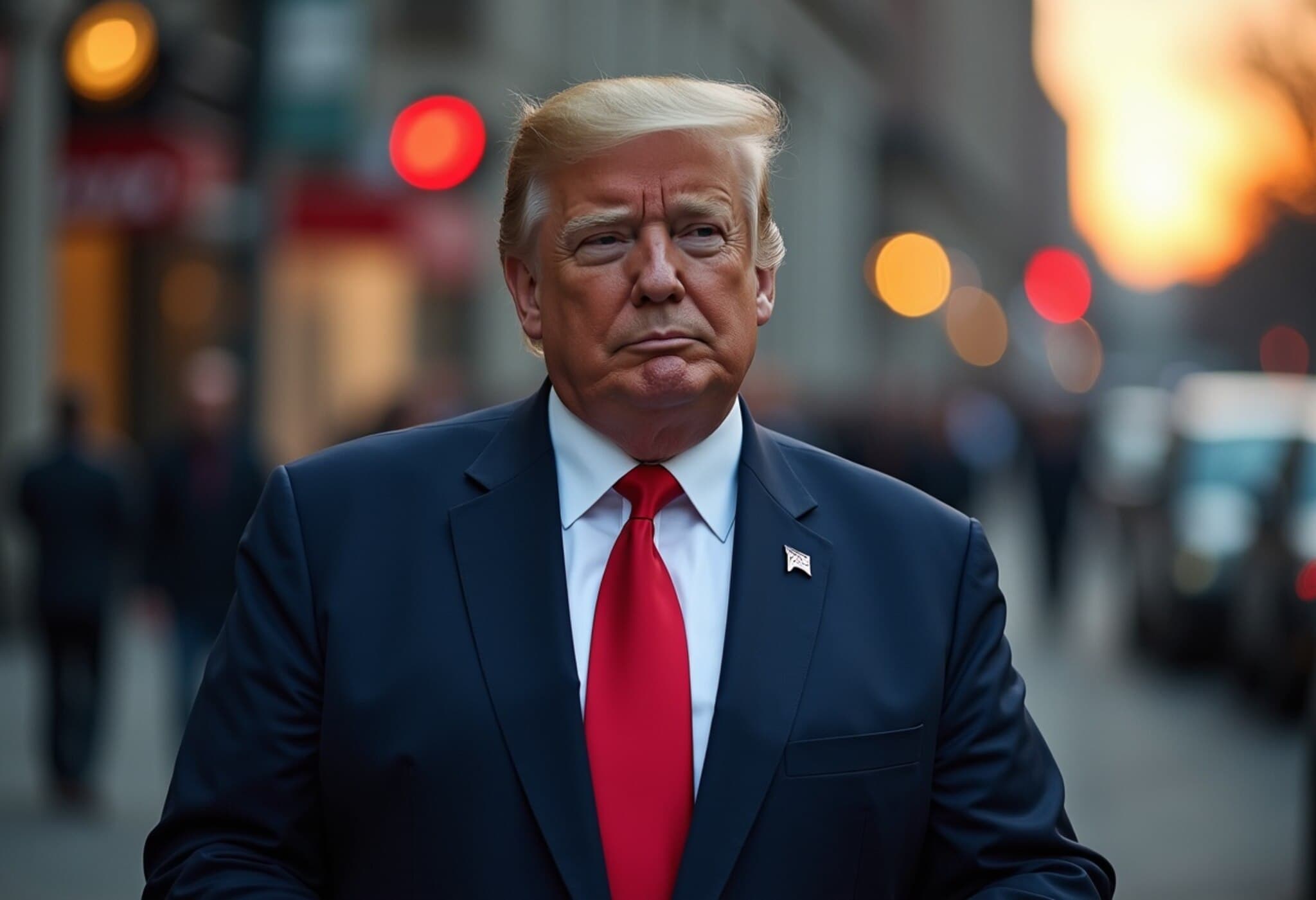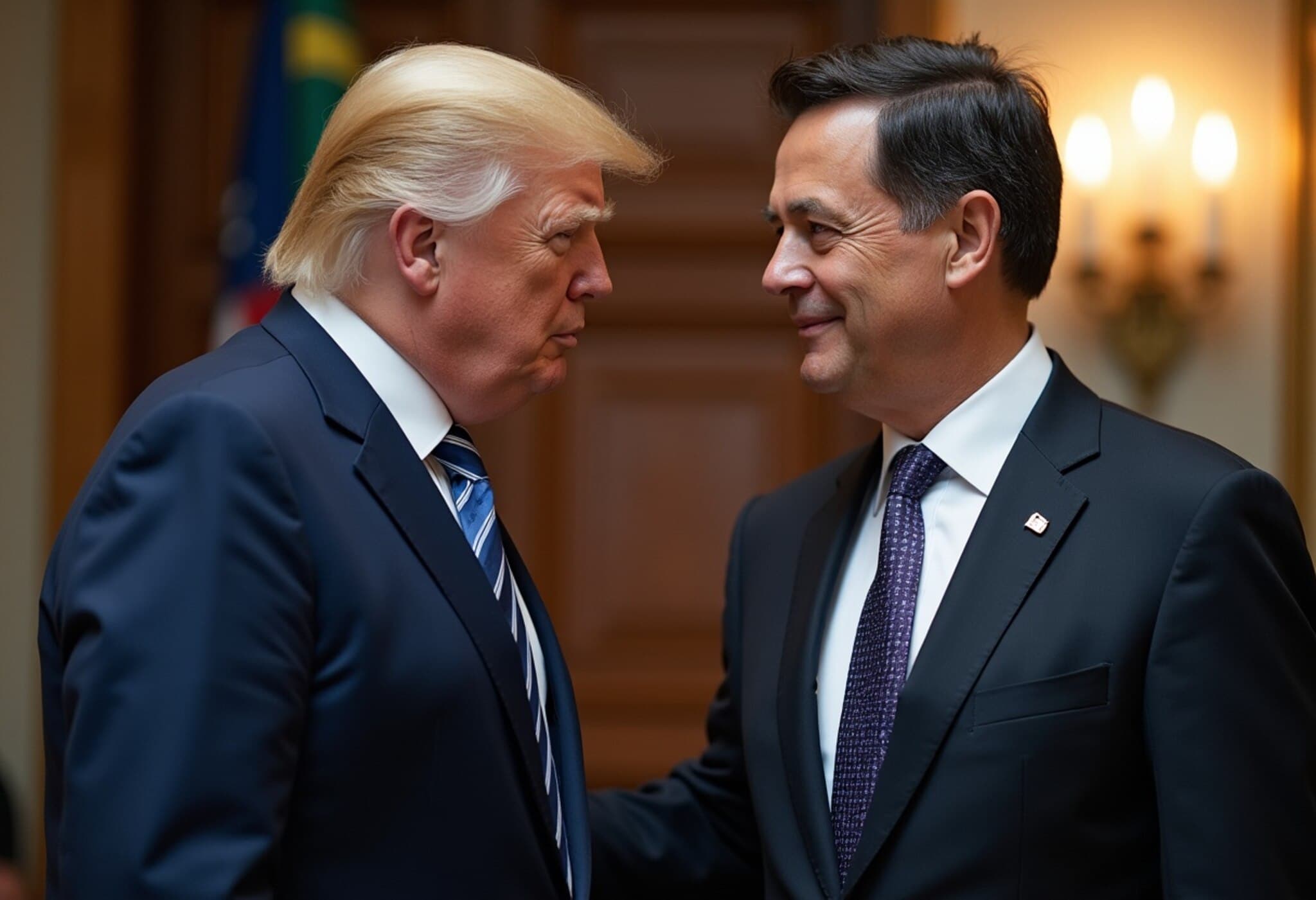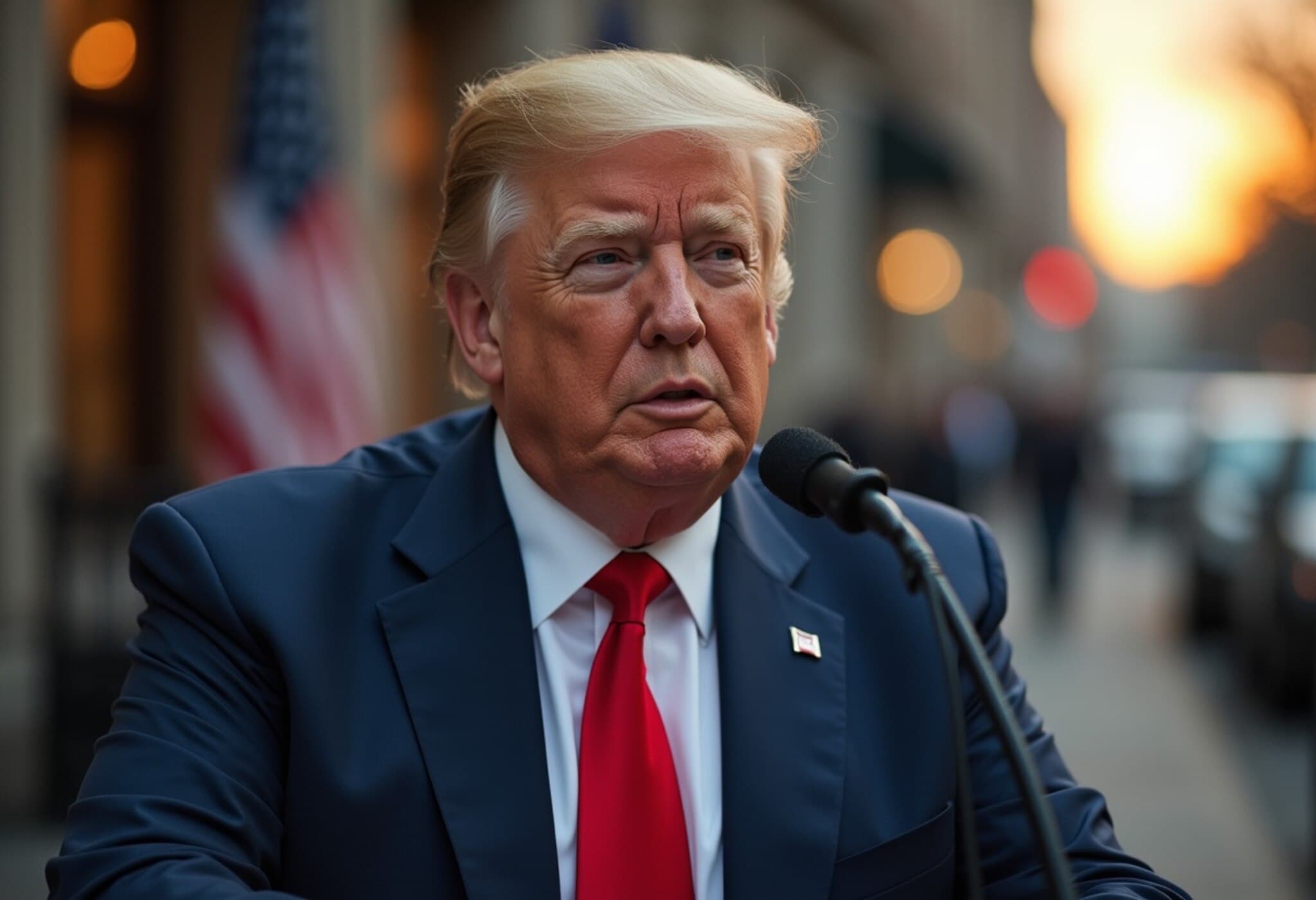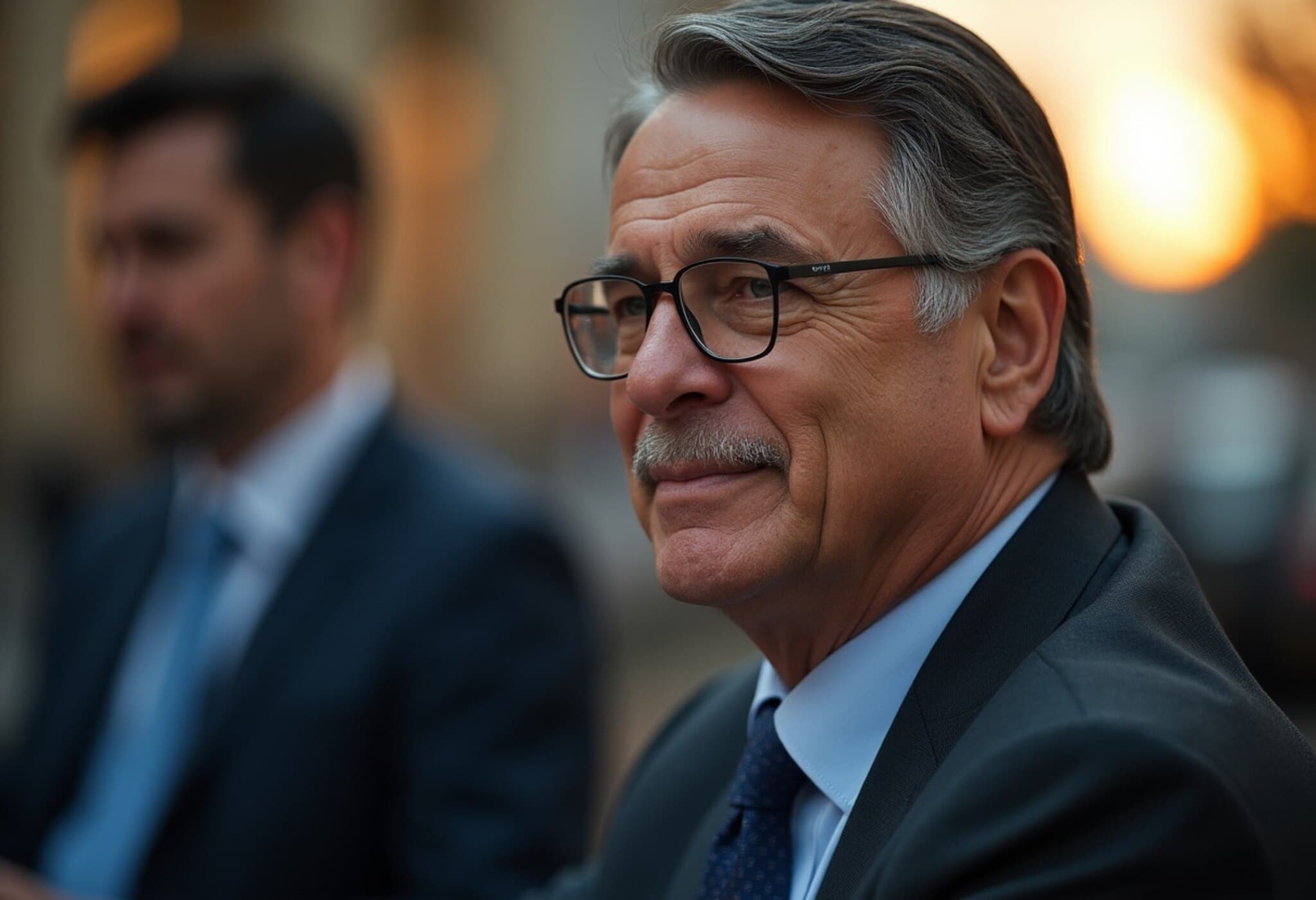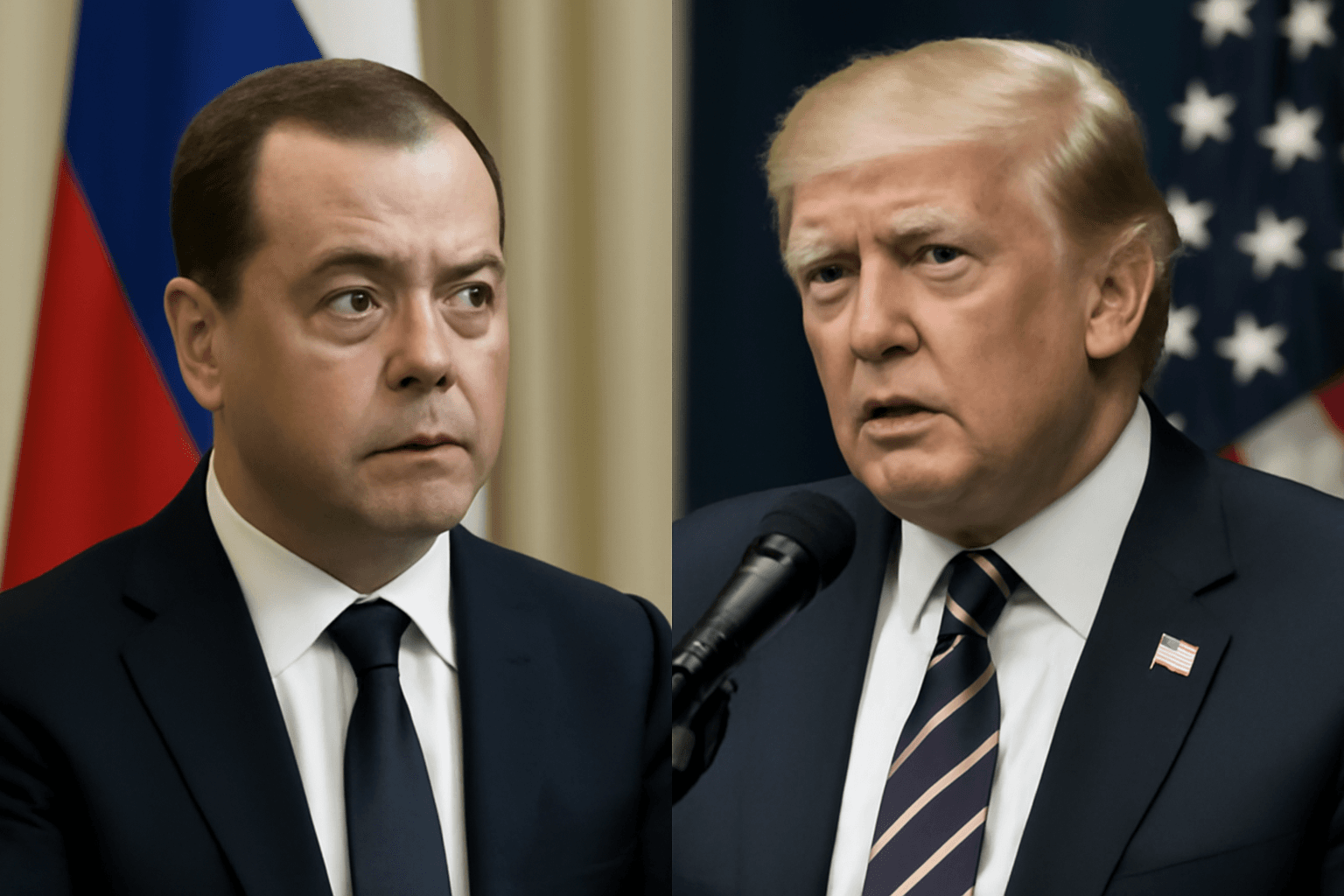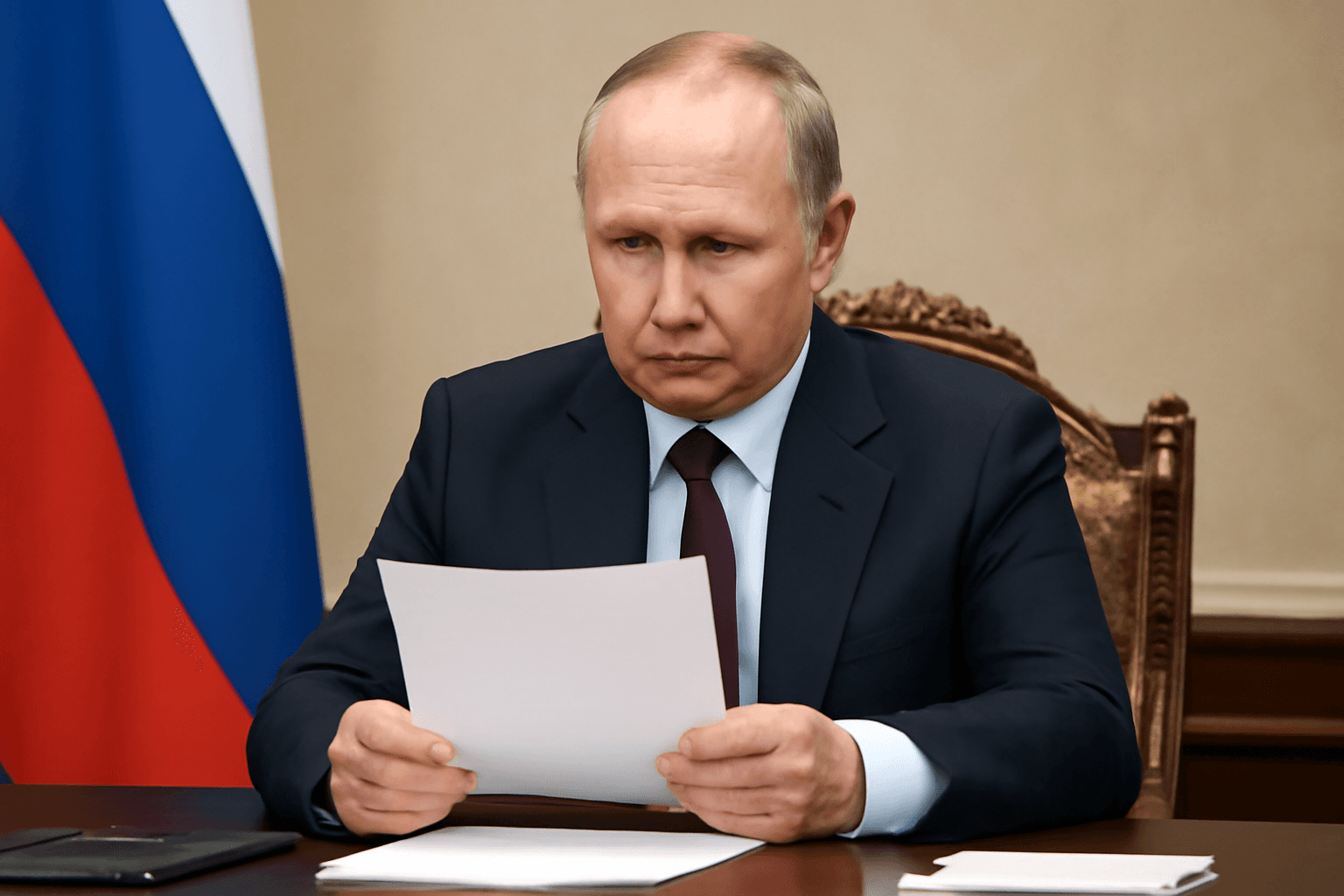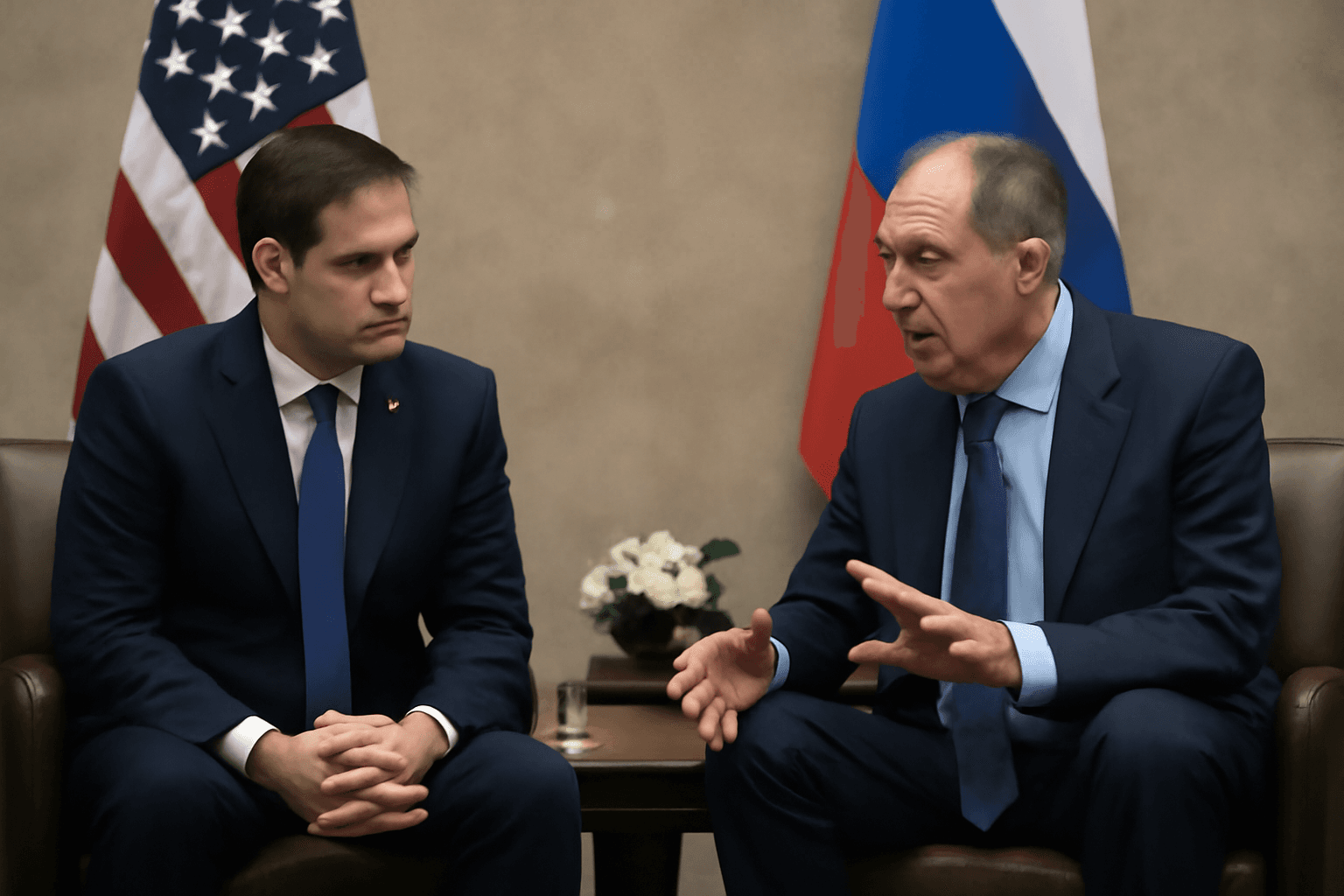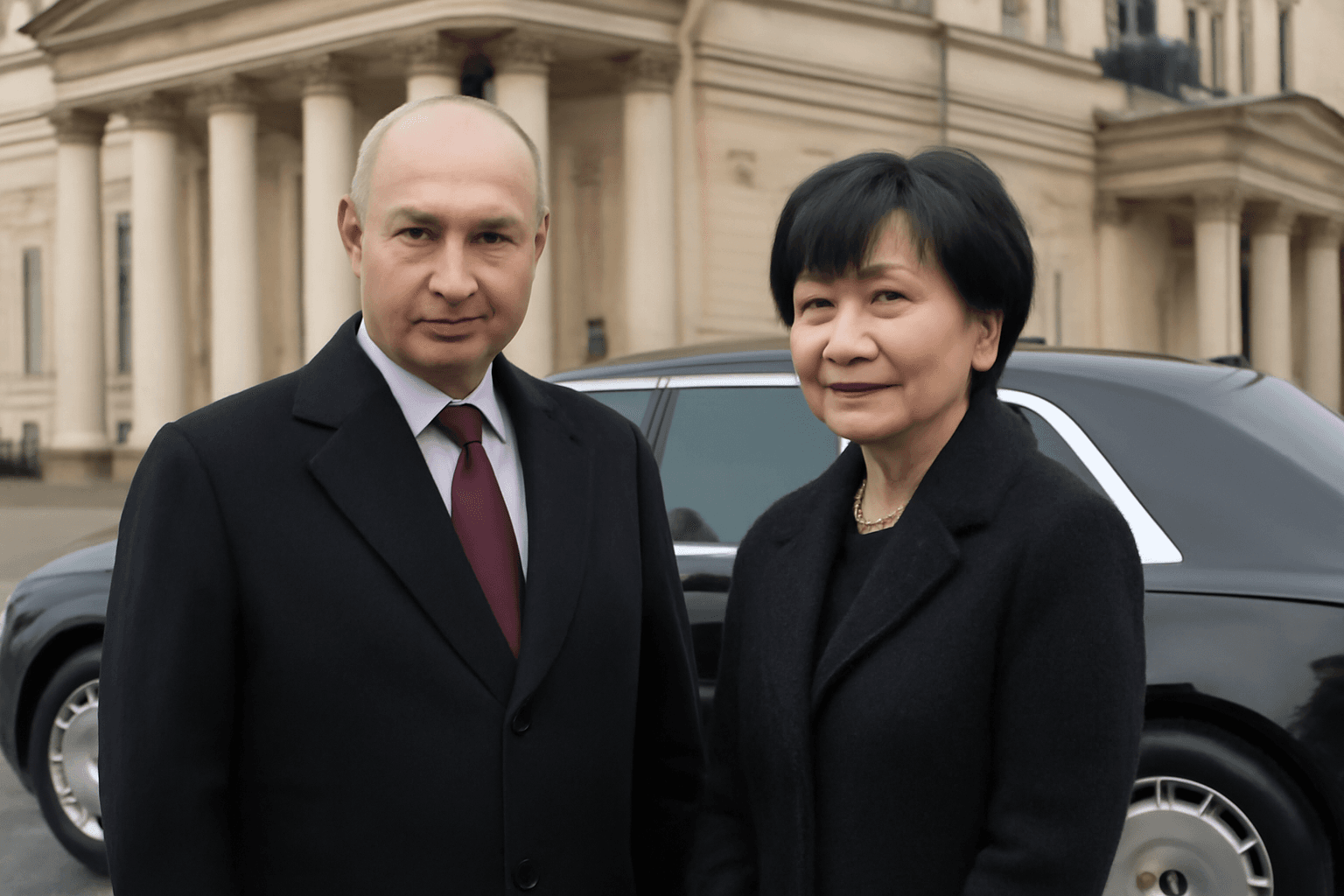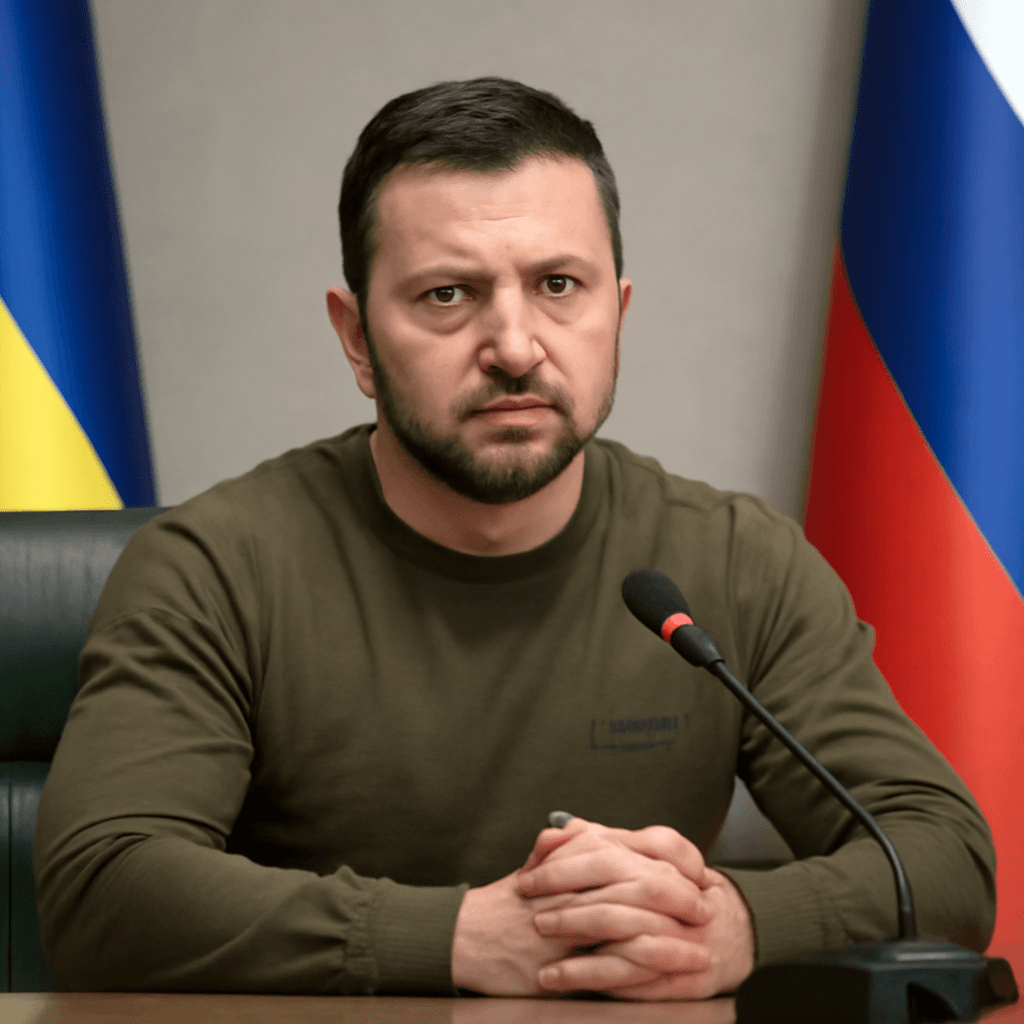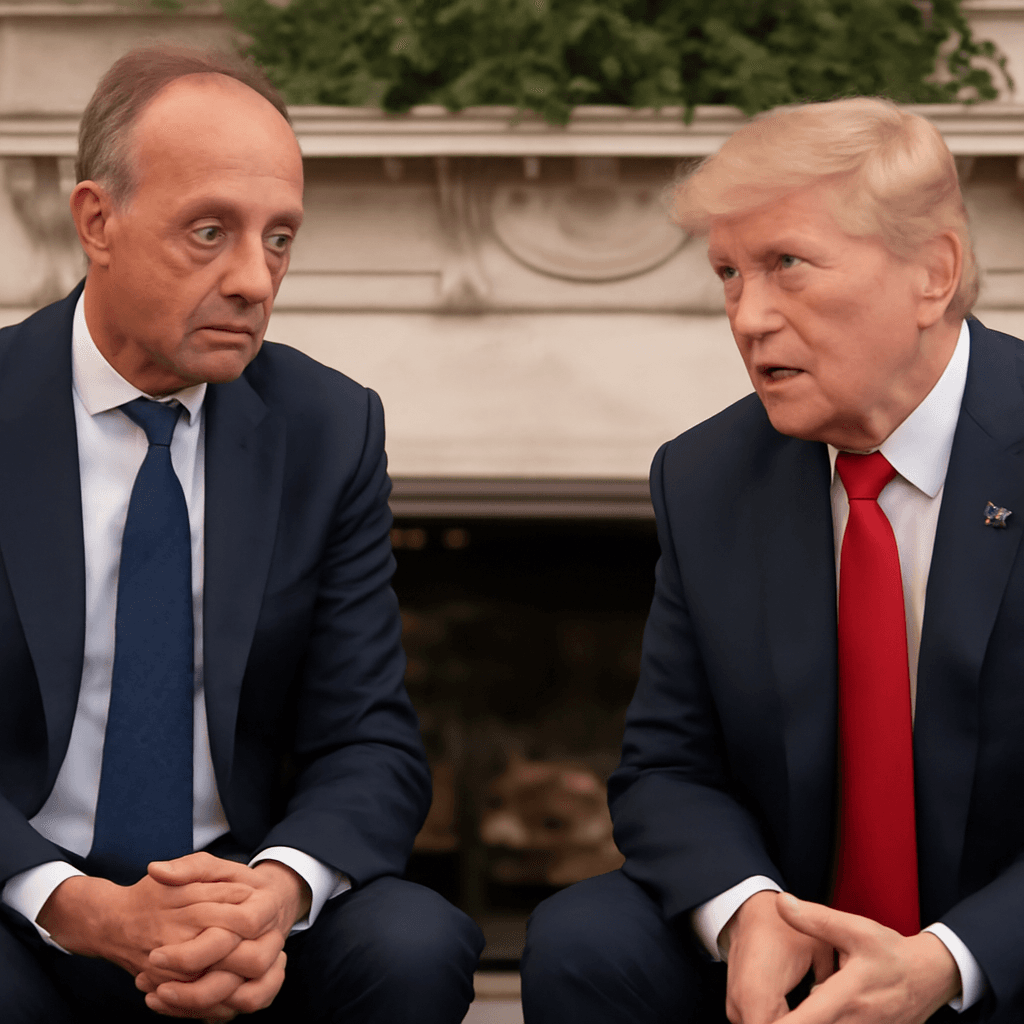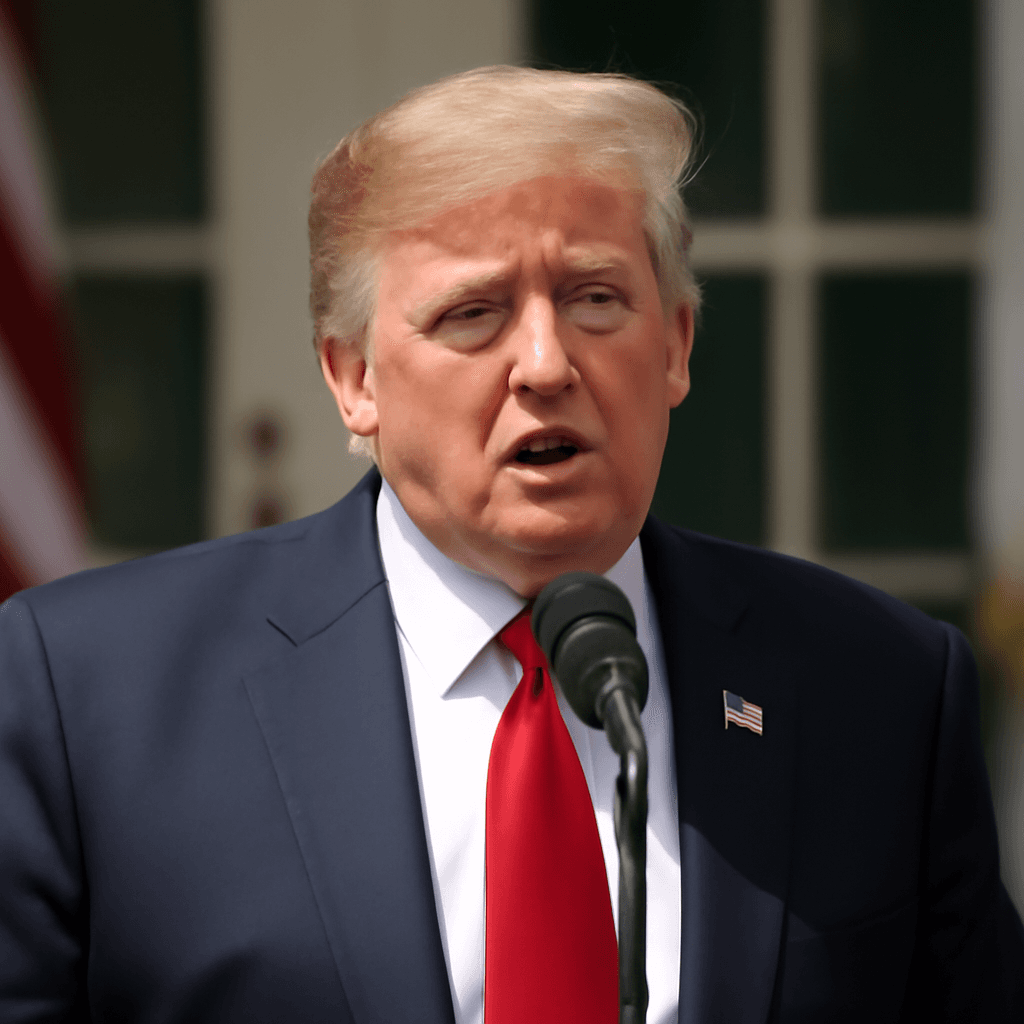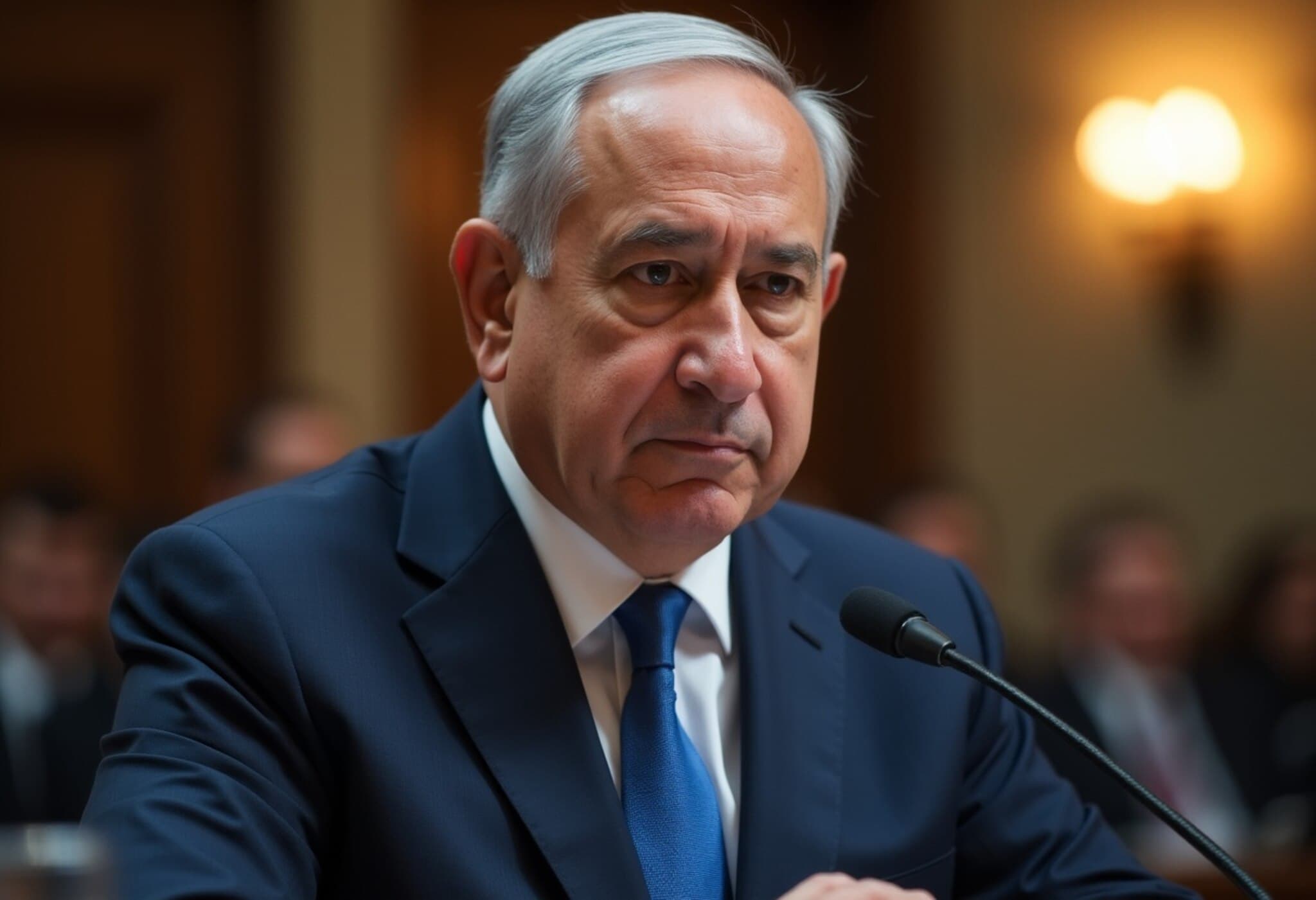White House Sets Midnight Deadline for Countries Without Trade Agreements
On August 1, 2025, the White House announced a firm deadline for nations yet to finalize trade agreements or receive tariff communications from the U.S. government. According to Press Secretary Karoline Leavitt, countries that have not engaged in trade negotiations or received a formal tariff letter from the Trump administration will be contacted by midnight with the terms of America's trade stance moving forward.
"Our trade team has been diligently working around the clock to establish communication with as many partners as possible. For those countries that haven't heard from us yet, expect direct contact by the end of today—whether through an official letter or executive order," Leavitt stated during a press briefing in Washington, D.C.
U.S.-EU Trade Deal Aims to Bolster American Energy and Trade Presence
Leavitt highlighted the recently negotiated U.S.-European Union trade agreement, describing it as a landmark deal that opens unprecedented opportunities for American businesses within the European market. The deal secures commitments from the EU to purchase $750 billion in U.S. energy products, aiming to fortify American energy dominance and reduce Europe's dependency on geopolitical adversaries.
In addition, the EU has pledged to invest $60 billion into the U.S. economy by 2028, projects anticipated to stimulate job creation and deepen economic ties between the two regions.
Trump’s Diplomatic Intervention Leads to Ceasefire in Southeast Asia
Beyond trade, the administration cited recent diplomatic breakthroughs, including an "immediate and unconditional" ceasefire brokered between Thailand and Cambodia. Leavitt credited President Trump’s direct phone negotiations with leaders of both nations as pivotal to halting their deadly conflict.
"President Trump made it clear that any continuation of hostilities would halt trade talks with the United States," she explained. "Shortly thereafter, peace was restored, preventing thousands of casualties and reopening the path for diplomatic and economic engagement."
Broader Impacts: Claims of Multiple Conflict Resolutions
The White House further portrayed President Trump as a proactive global peacemaker, citing that he has facilitated peace agreements or ceasefires across various international conflicts, including disputes between Israel and Iran, Rwanda and the Democratic Republic of Congo, India and Pakistan, Serbia and Kosovo, as well as Egypt and Ethiopia.
Leavitt went on to assert, "On average, President Trump has brokered about one peace deal or ceasefire every month during his tenure—a record many argue justifies a Nobel Peace Prize consideration."
Expert Analysis: Trade Enforcement and Diplomatic Strategy
Trade experts note that the White House's ultimatum represents a strategic hardening of the U.S. trade posture. By setting firm deadlines and leveraging diplomatic engagements, the administration aims to recalibrate global trade dynamics more favorably toward American interests.
However, analysts caution that aggressive timelines and trade pressure can strain international relations if countries view these measures as coercive. Sustainable trade partnerships typically require mutual cooperation and trust, which hinge on transparent and equitable negotiation practices.
Underreported Questions
- How will countries without existing deals respond to the trade terms—will they accept or push back?
- What mechanisms are in place to ensure these agreements consider environmental and labor standards?
- Are peace claims in complex conflicts verifiable beyond official statements?
- How might these diplomatic overtures influence U.S. foreign policy credibility long-term?
Looking Ahead
The White House's assertive communication strategy underscores a broader ambition to cement the U.S.’s role as a dominant player in global trade and diplomacy. Observers will be closely watching how these moves unfold across diplomatic, economic, and regional security arenas.
Editor’s Note
This announcement highlights a pivotal moment where trade policy meets diplomatic engagement. While the promised economic investments and conflict resolutions paint an optimistic picture, questions remain about the genuine sustainability and equity of these agreements. Readers should consider how such aggressive trade enforcement tactics fit within the broader context of U.S. foreign policy and global cooperation in a rapidly shifting geopolitical landscape.

